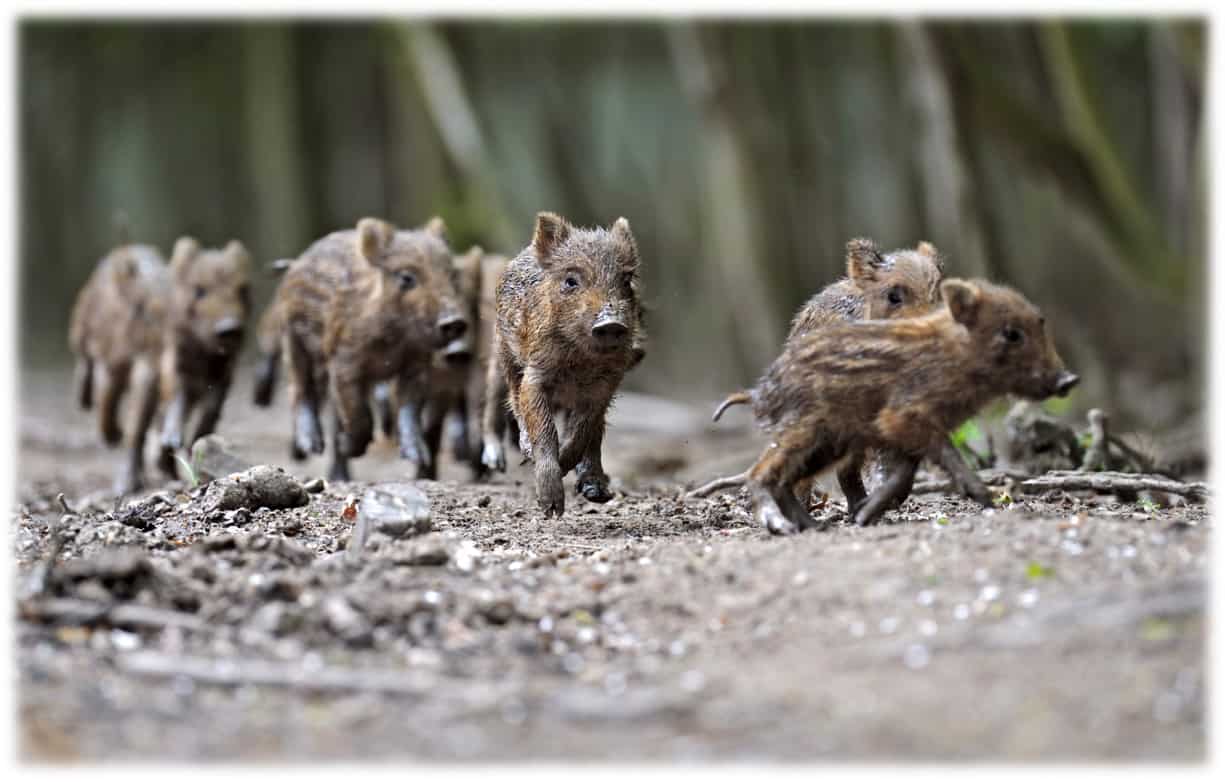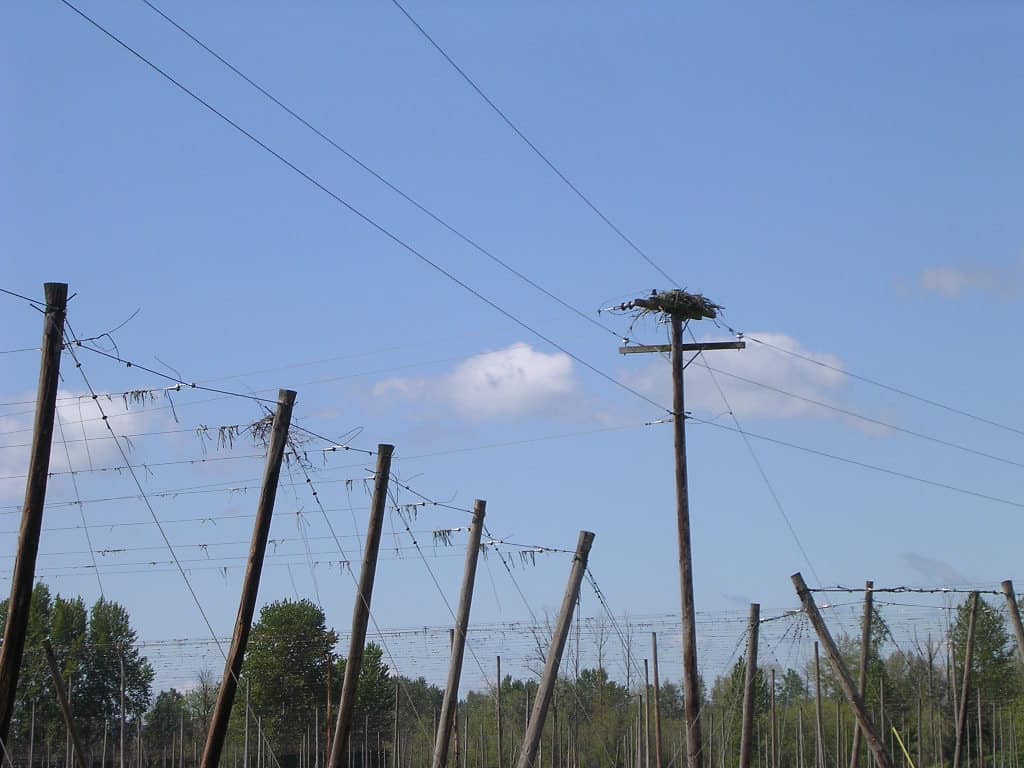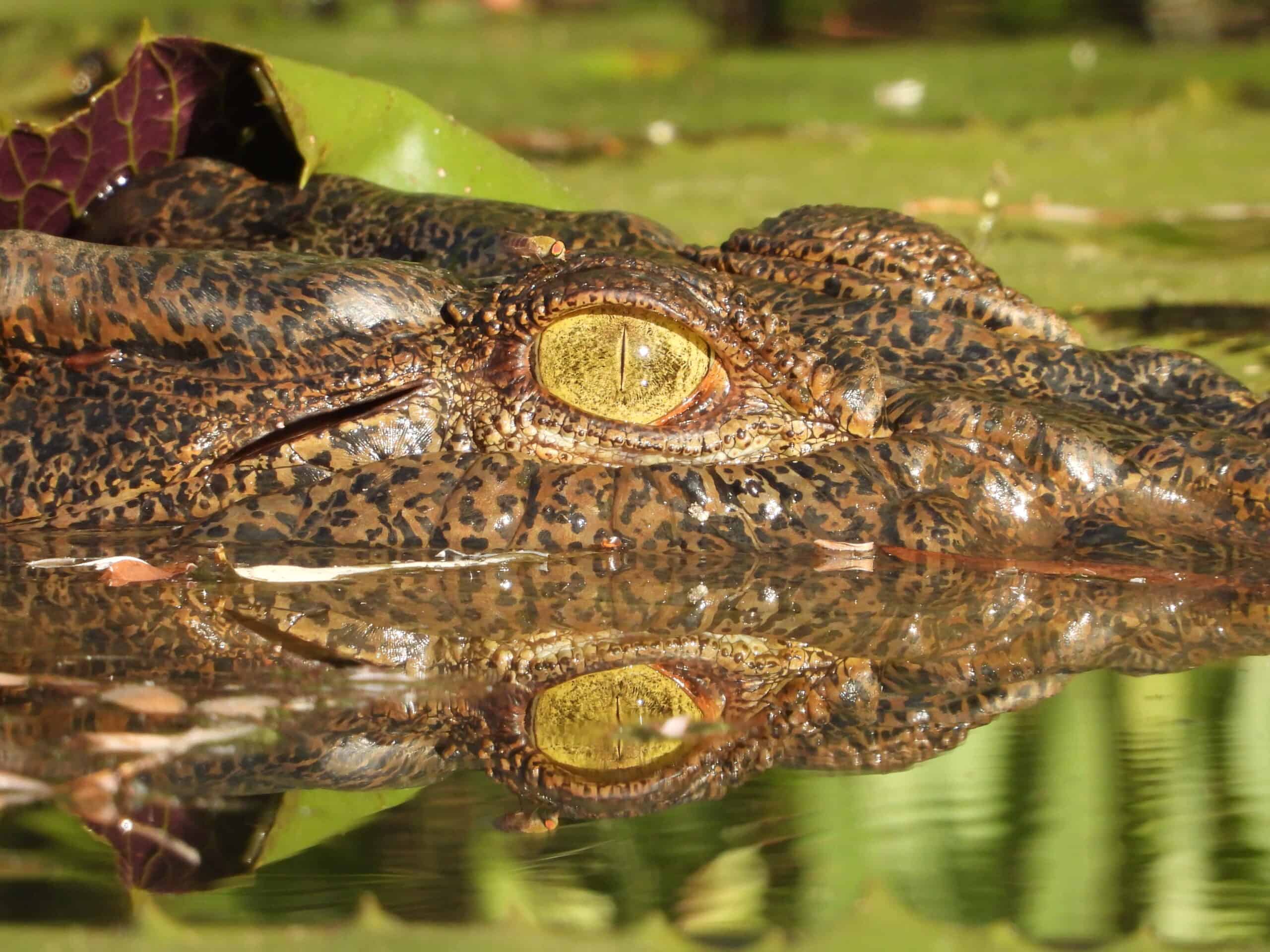Share this article
Wildlife Featured in this article
- Wild pig
Tough regulations work best to stem wild pig invasion
Researchers found states with the laxest regulations had the biggest pig problems
Strict regulations on wild pig hunting are most effective at stopping the spread of the invasive swine, researchers found.
In a study published in the Journal of Environmental Management, researchers examined the social and cultural factors that might affect the spread of wild pigs across the United States. They found state regulations of pig hunting and transportation—both on reserves and in the wild—made a huge difference, and states that were most permissive often had massive wild pig problems.
“It was almost guaranteed that not only did they have pigs, but they had rapidly expanding populations of pigs,” said lead author Andrew Smith. A TWS member, Smith is training coordinator for the USDA Wildlife Services National Training Academy at Mississippi State University.
Referred to as either wild or feral, nonnative pigs are a growing problem in the United States. The USDA estimates they cause $1.5 billion in damage yearly to agriculture, native wildlife and human infrastructure, not to mention disease and other problems. Likely first introduced to the United States by early Spanish explorers in the Southeast, their numbers have swelled with pigs released for hunting. They are now found in more than 30 states.
“Humans are almost always responsible for these ecological dumpster fires that we are in right now,” Smith said. “And reactive environmental and conservation policy is often too late and not enough”.
Smith and his colleagues, including his professor at the time, the late conservationist and ex-TWS president Bruce Leopold, gathered previously published information on wild pigs (Sus scrofa) in each of the Lower 48 states and compared the extent of their invasion to state policies regarding them.
“If there was any policy whatsoever, from the lowest to the highest level, we tried to quantify and analyze it as objectively as possible,” Smith said.
They found a huge variation in the laws surrounding wild pigs. In some states, pig hunting was allowed both in the wild and on high-fence private hunting preserves. Some of those states also issued permits allowing pigs to be transported to the preserves. In other states, hunting and transporting them was prohibited anywhere, on private or public land. In still others, even hunting pigs in the wild was illegal.
Pig populations—and their rate of expansion—also differed widely. Some states had no pigs. Some had relatively small populations. Others, including many in the Southeast, were saturated. Among states that had pigs, those with the strictest laws had the fewest problems. States with more lenient laws often had huge or rapidly expanding wild pig populations.
For example, both Arkansas and Missouri experienced emerging wild pig populations at roughly the same time. Arkansas, which allows pig hunting in the wild and on private ranches, and permits the animals to be transported, saw its feral hog population climb. Missouri, on the other hand, banned all hog hunting and transportation, leaving their control completely to wildlife professionals. By removing the sport-hunting incentive, Smith said, Missouri also removed the incentive to transport them, whether legally or illegally. They managed to stymie the spread and growth of the population.
“Their state agency really has their stuff together,” he said.
A closer look at some of the laws surrounding wild pigs revealed the loopholes that enable for pig proliferation. For example, while some states forbid transportation, many of them undercut those laws with caveats that allow their transportation with a permit. In some cases, Smith said, private individuals were transporting pigs to release them onto public lands.
While many states allow pig hunting to help control the population, Smith said, that approach may also have counterintuitive results. Laws often let pig hunters use equipment like assault rifles and night-vision goggles that aren’t allowed to hunt other species. As a result, he said, sport-hunting pigs—even in the wild—can create an incentive to keep the invasive animals on the landscape for entertainment, recreational and therefore financial opportunities. And it can create political lobbies that may weaken regulations over what has become one of the most hunted species in the country.
For states already saturated with wild pigs, it’s hard to see a way forward, Smith said. For those with low or emerging populations, strict laws could proactively keep the problem from growing, as it has in other states.
“Deal with this problem now,” he said.
Header Image: Wild pigs cause massive ecological problems and property damage in many states. Credit: Mississippi State University Department of Wildlife, Fisheries & Aquaculture








